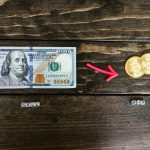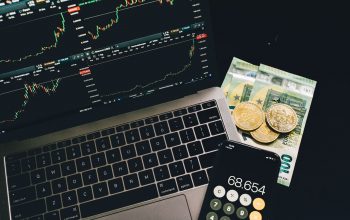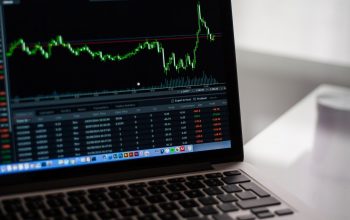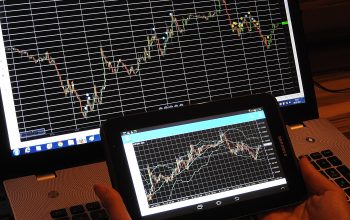When expanding your investment portfolio, forex CFDs offer a unique opportunity. Unlike traditional stocks and shares, forex CFDs are traded on leverage. Therefore, you can open a position with a relatively small amount of capital and gain exposure to the total value of the underlying asset.
However, before you start trading forex CFDs, it’s essential to understand the risks. Leveraged products can turn out in losses that exceed your initial investment. Therefore, it’s essential to understand how forex CFDs work and what factors can influence the market.
What is a forex CFD?
A forex contract for difference (CFD) is a financial derivative that allows you to speculate on the price movement of currency pairs. Unlike a traditional spot forex trade, which involves buying or selling a currency pair with the hope of making a profit from future price movement, a CFD trade allows you to bet on the direction of the currency pair without having to own the underlying asset.
Different brokers offer CFDs that you can trade through an online trading platform. When you go into a CFD trade, you are essentially betting on whether the currency pair’s price will rise or fall.
If you think the price of a currency pair will rise, you will buy (go long) the CFD. If you think the price will fall, you will sell (go short) the CFD.
How do forex CFDs work?
You don’t own the underlying currency pairs when you trade forex CFDs. Instead, you are effectively betting on the currency pair’s price movement.
For example, let’s say you think that the EUR/USD currency pair will rise in value. Therefore, you would buy (go long) a CFD on the EUR/USD currency pair. If the EUR/USD currency pair price rises, your profits will increase with the price increase. However, if the price falls, it will also magnify your losses.
How to start trading forex CFDs
You’re ready to start trading now that you know what forex CFDs are and how they work.
Choose a broker
The first step is to choose a reputable and regulated forex broker. Ensure that the broker offers a platform that suits your trading style and needs.
Open an account
Once you’ve chosen a broker, you’ll need to open an account. It is a straightforward process for most brokers. You’ll be asked to provide some personal information and will need to fund your account with a deposit.
Choose your currency pairs
Next, you’ll need to choose the currency pairs you want to trade. Make sure you understand the factors that can influence the price of each currency pair.
Place your orders
Now it’s time to start trading. You can place buy and sell orders directly on the platform or use a CFD broker for assistance.
Monitor your positions
Once your orders are placed, you’ll need to monitor your positions and take action if the market moves against you. Forex CFDs are leveraged, so your losses can exceed your initial investment.
Benefits of trading forex CFDs
There are several benefits to trading forex CFDs, including:
- When you trade forex CFDs, you can do so on leverage. It means that you can start a position with a relatively small amount of capital and gain exposure to the total value of the underlying asset.
- Forex CFDs offer high flexibility, allowing you to trade in rising and falling markets.
- No stamp duty or transaction fees are associated with trading forex CFDs.
- There are no stamp duty or transaction fees associated with trading forex CFDs. 24-hour market
- The forex market is a truly global market, with currency pairs traded around the clock, 24 hours a day, five days a week.
The risks involved in forex CFD trading
Before trading forex CFDs, it’s essential to understand the risks. Leveraged products can result in losses that exceed your initial investment. Therefore, learn how forex CFDs work and what factors can influence the market.
In addition, CFDs are complex products and come with a high level of risk. It’s important to only trade with brokers regulated by a reputable financial regulator.







